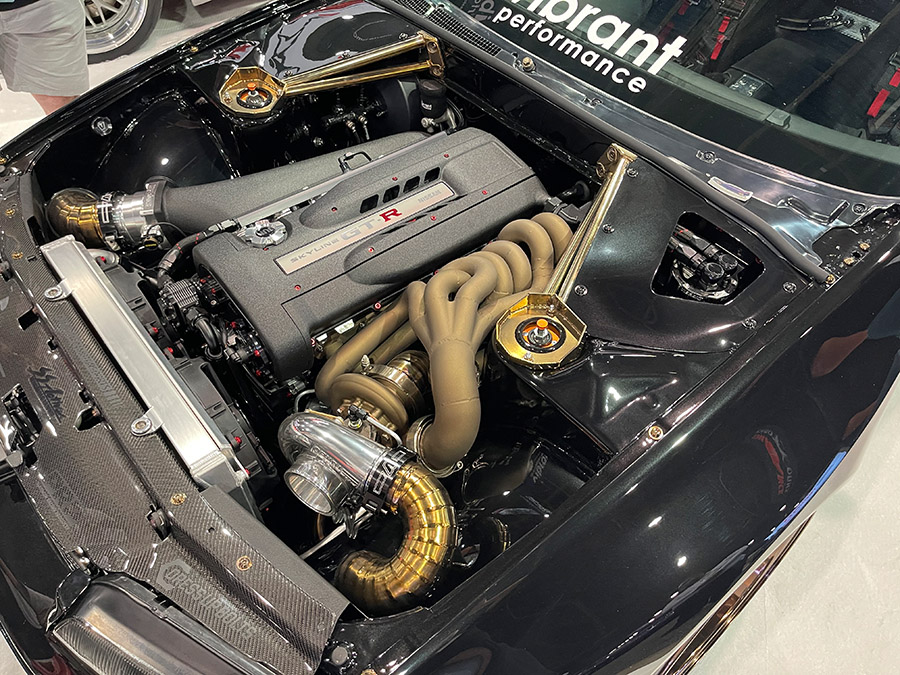If your car’s engine is its muscles, its brain is certainly the ECU. We take a closer look at how an ECU works as well as how and why you can upgrade it when tuning your car.
Unless you happen to own something over 30 years old, it’s safe to say your car’s engine is controlled by a computer. This is most commonly known as the ECU, i.e. Engine Control Unit. Technically, ECUs have been around for almost 100 years in some form. The first mass-produced cars with fully electronic control systems first started appearing in the late 1970s in fact. However, modern ECUs are massively sophisticated bits of kit capable of a large variety of tasks.
How does an ECU work?
At its most basic form, your ECU controls your engine’s fueling and ignition. However, in reality it’s far more complicated than that. Not only does it decide on and vary the optimal fuel and ignition settings via a wide variety of sensors, but modern ECUs have a whole host of other functions to control. These include things like your turbo, cam timing, throttle, and much more. It can even control a lot of transmission functions on some engines, too.
We’ll go into more detail of how the different types of ECUs work later in this ECU guide. These include piggyback ECUs, plug and play ECUs and stand alone ECUs.
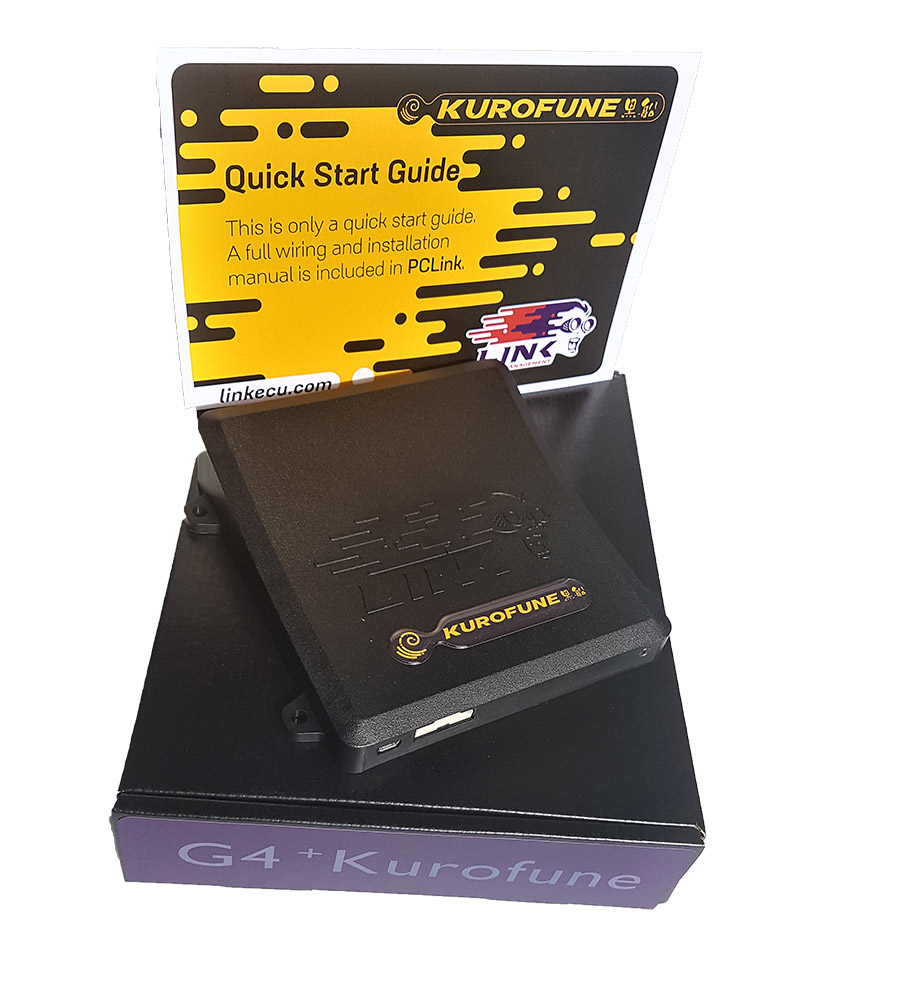
ECU tuning basics
When it comes to engine tuning, the ECU is incredibly important for a variety of reasons. First up, unless the ECU is programmed correctly to suit your modifications it will run badly at best. It can also damage the engine due to incorrect fueling or ignition timing. Understandably, this should be your number one concern.
Secondly, is your ECU programmable? While some factory engine management systems are highly tuneable, the majority are able to only have minor changes made. In some cases, they are effectively impossible to be tuned.
Finally, while the ECU is your engine’s brain, some brains are far bigger than others. Is your ECU capable of what you want it to do? If not, no matter how tuneable it is, you may have to change it for a completely different system.
Standard factory ECUs
While your factory ECU is perfectly fine on a standard car, how useful it will be when tuning will depend wildly on the car or engine in question? It also depends on the capabilities of the tuners in your area. Technically, all ECUs can be tuned and modified. However, in reality, only a small percentage of them have tuning software widely available for them. Even then many can be very limited in their adjustment.
For example, very few standard ECUs on Japanese cars from the 90s can be modified in any worthwhile way. While software does exist to do it, it’s generally available in Japan only. On the flip side of this, certain standard engine management systems such as the Ford/Cosworth Weber-Marelli, Subaru 16bit, VAG Bosch ME7.5, Honda, and Saab Trionic are incredibly capable when it comes to modification. They can allow power levels over twice the standard power levels with ease. There are also a host of additional functions normally reserved for aftermarket ECUs.
Almost all standard ECUs in the last twenty years are easier to modify than older ones. Regardless, for the majority of cars the adjustment is still limited to minor changes. For highly tuned engines, swapping to an aftermarket ECU is still the way to go.

What are Piggyback ECUs?
The least common type of ECU upgrade is a piggyback or interceptor setup. This is where the standard ECU is still mounted and operational in the car. However, an aftermarket ECU is also fitted in conjunction with the standard one.
The reason for this varies depending on the setup. Some keep the factory ECU to do a few simple functions like control the gauges on the dashboard, while an aftermarket ECU is in full control of the engine itself. Some work where the factory ECU is still sending all the signals to control the engine. However, a piggyback ECU intercepts these signals, modifies them to suit, and sends them on to the engine.
Piggybacks are done sometimes to save money. The piggyback ECU can often be a much simpler unit when it doesn’t have to be in full control of the entire car. It’s also done purely because on certain cars many systems rely on the factory ECU being in place. Even with an expensive aftermarket ECU controlling the engine, it still makes sense to keep the factory ECU to control these other functions.
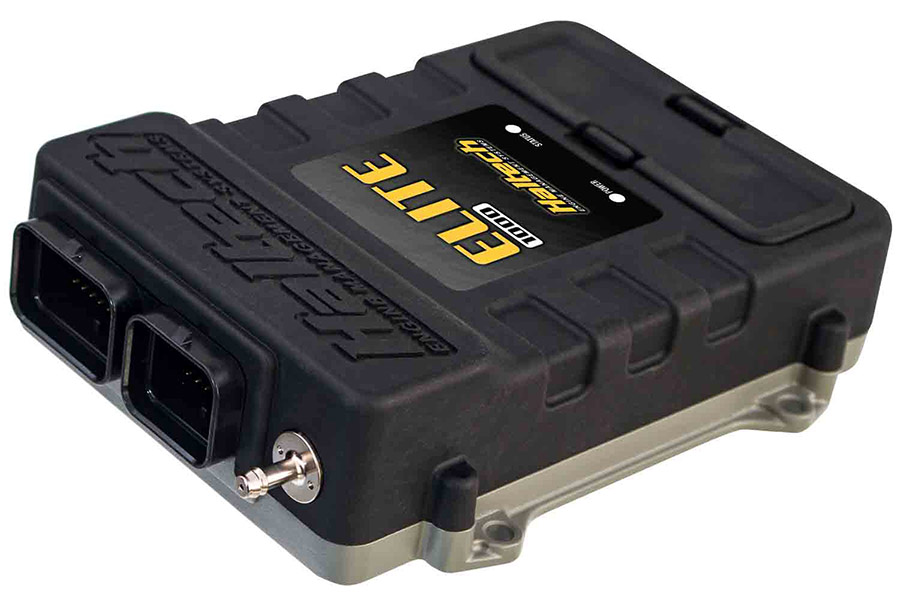
What is a Plug n Play Stand Alone Aftermarket ECU?
When it comes to fitting an aftermarket stand alone ECU, things cannot be simpler for many popular applications as Plug n Play ECUs will exist for them. They do exactly what it says on the tin; allows you to simply plug in the upgrade in place of the original ECU with no extra changes.
These ECUs come in two main forms; one which is direct plug in, mostly commonly seen from the likes of Link and Haltech. While others which use a small adapter harness to link the factory ECU plug to an aftermarket ECU.
The significant advantage of Plug n Play setups is you don’t need a full custom engine loom to make it operational. This saves a significant amount of time and money. However, this advantage is also the main disadvantage, and for two reasons. First up is the simple fact that most factory wiring looms are far from new. The risk of poor connections and other potential issues, either immediately or in the future, are far more likely than if you fitted a whole new loom.
The second issue is, unless you stick with only the factory fitment sensors and functions your car came with, which is unlikely on a highly modified car, you will have no choice but to modify parts of the loom to fit different sensors and other electrical components. This somewhat negates the main reason to fit an Plug n Play ECU in the first place.
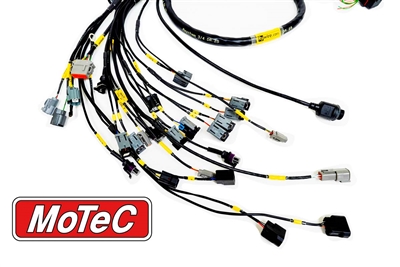
What are Wire-in Stand Alone ECUs?
The most complex, yet technically the best setup, is a full wire-in ECU. This means an aftermarket stand alone ECU and a full custom wiring loom to suit. While no easy task, this is nowhere near as hard as it used to be. Companies like Rywire make off-the-shelf looms to fit most popular ECUs to many popular engines. This removes a vast majority of the work involved.
The main advantage of this setup is it is brand new and exactly what you need and nothing else. No worn plugs, no broken wires and no excess weight from wires and plugs that are no longer needed. Also, conversely, no messy connections where wires are modified or added to the original loom to suit the new ECU.
For maximum reliability, simplicity, weight saving, and of course widest choice of ECU, a wire-in setup is certainly the way to go.
What is an ECU tune?
Getting your factory ECU remapped can be as simple as plugging in to the OBD2 port on your car. However, for most factory ECUs what you can change is very limited. Generally, only specialists in your particular car will be the ones who can truly custom remap your factory ECU for more than the most basic upgrades.
One thing to be very aware of is a lot of places that offer ‘custom’ remaps aren’t quite what they seem. While they may be slightly adapted versions of an off-the-shelf ‘Stage1’ or similar map to suit your otherwise standard car, that more often than not doesn’t mean they can custom map your ECU to suit more major modifications. Make sure you confirm exactly what they can or can’t do before you commit.
Choosing your tuner is potentially the most important aspect of all. An ECU is only as good as the person tuning it. It’s no easy task to do a truly good job. Making a lot of power is quite easy, but power and reliability combined is the thing not many can do. We recommend you choose your tuner due to proven history of good work, especially on the application in question.
Of course, a programmable ECU means you’re able to remap it yourself if you wish. While most people leave the majority of the work to the experts, knowing your way around your ECU’s software to be able to make small changes to suit your application is wise. It also means you can check settings, understand the data log, and so on. It is massively beneficial, especially if you want to extract the maximum performance from your car.
Check out our full guide to ECU remapping.

Which ECU should you choose?
There are numerous factors when it comes to choosing your ECU. There are such a wide range of options out there. The most obvious factor is budget. Aftermarket ECUs range from very low budget efforts right up to the insanely expensive ECUs that most manufacturer race cars run. These are usually so high-end they’re almost unheard of in the aftermarket tuning world. Bear in mind, getting a custom wiring loom made can also affect the budget almost as much as the ECU cost itself.
Beyond what you can actually afford, the number two choice would be what your chosen tuner is happiest to work with. Even the best tuners on the planet are happiest to work with a certain engine management system. If you’ve got a tuner in mind, you’re likely to get better results by going with their choice of ECU.
What features do you want from an aftermarket ECU?
Another big factor is what do you want from it? It’s all well and good having an engine management setup that can do everything you could ever imagine. However, if you’re not integrating most of these advanced functions, which you’ll pay more for, there’s no advantage to having such a high end ECU.
Customer service
Customer service and tech support from the manufacturer is important. Inevitably, at some point, there will be questions or even issues you will want resolved. If you’re half way through a dyno session, you’ll want support almost immediately. Being able to contact someone and get a quick response with a satisfactory solution can be worth its weight in gold. Generally, the larger brands like MoTec will have better tech support. Having them in your time zone and speaking your language is certainly a bonus too. Bear in mind that speaking to other owners and tuners is likely to help the most with your decision on this point.
What do you plan to use your modified car for?
Last but certainly not least, what’s your plan for the car in question? Certain ECUs are designed more for motorsport use rather than the aftermarket tuning scene. As well as certain motorsport specific functions and no-nonsense software, they’re generally made extra robust so the harsh use of motorsports, especially things like rallying, won’t cause premature failure of the ECU. This is why, for example, many motorsport tuners use ECUs like MoTec, even many of their older models. While they seem low-tech versus more modern ECUs, they are dependable and reliable, which is vital in motorsport.
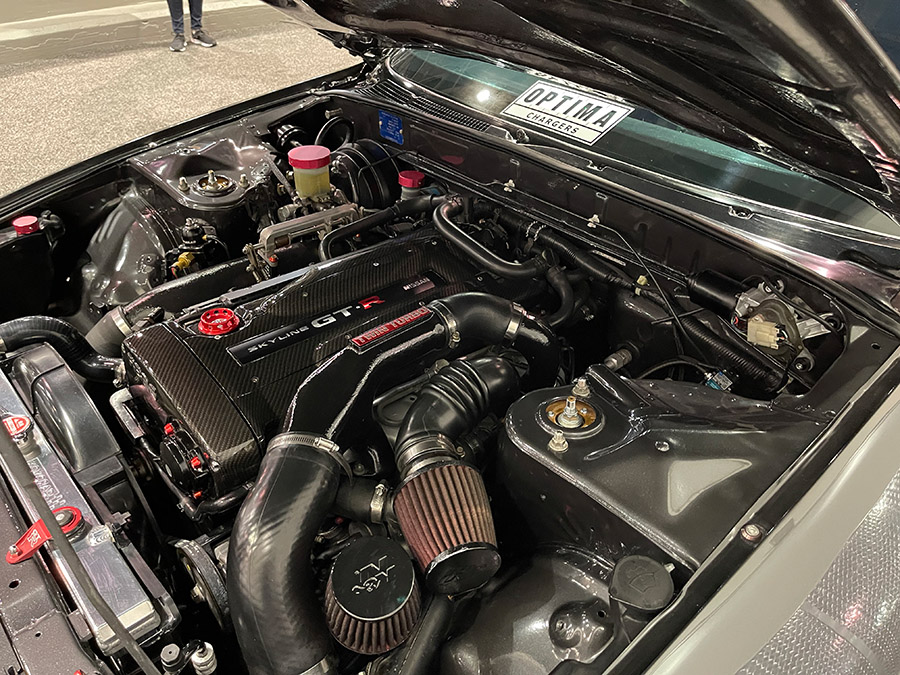
What features can a stand alone aftermarket ECU add and why?
While we’re sure you all know an aftermarket stand alone ECU will allow full control over your fuel and ignition settings, this is simply the tip of the iceberg when it comes to modern engine management systems. There are countless other useful functions; many of which you might not realize exists.
For improving the driving experience you have things like drive-by-wire throttle control, adjustable motorsport traction control, multiple power or boost pressure settings, and boost pressure that can automatically adjust via gear or rpm to maximize traction.
Motorsport applications
For rally cars you can have anti-lag that can give you full boost pressure even when off the throttle. As well as rotational idle which runs the engine on one less than all cylinders on each revolution to cool the engine as quick as possible. Don’t forget things like launch control and full-throttle shifting.
Safety features
From a safety and reliability point of view, you can set limp home modes or safety cut-outs to be activated if any pressure, temperature, or indeed anything you like goes beyond your set parameters. This is something that you can be sure saves countless highly tuned engines almost daily. As well as safety cut-outs, things like closed-loop wideband lambda, boost control, and fuel trim, allow the ECU to automatically make changes to keep the car running as close to how it’s been specified in the map as possible.
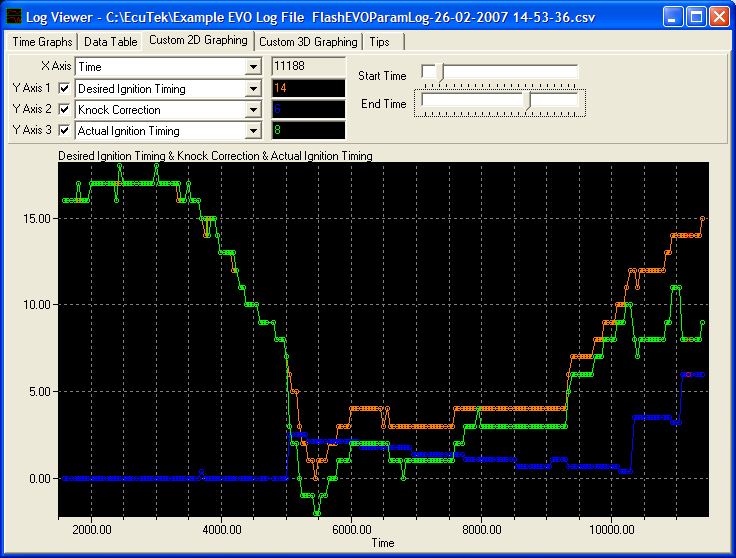
Image from EcuTek.
ECU data logging
Data logging is a massively useful function. It allows you to see exactly what your car is doing on a saved log. This means you don’t have to rely on watching and remembering what gauges are saying as you drive. It is invaluable for spotting issues and improvements you can make to the car. Some high end data logging setups not only allows you to log every engine sensor, but others too such as brake pressure, suspension movement, and much more.
Some ECUs give you the ability to run a custom digital dashboard. This eliminates the need to run your car’s original clocks or any extra dials. Some even have full CAN bus ability so can handle the complex functions many modern cars have which will not normally function without the factory ECU, from comfort items to gearboxes and four wheel drive systems.
Last but not least, some allow you to remove the standard style fuse box and various switches with a Power Distribution Module or PDM. This replaces it all with easily resettable solid state relays, either a push button panel or via the ECU software itself.

